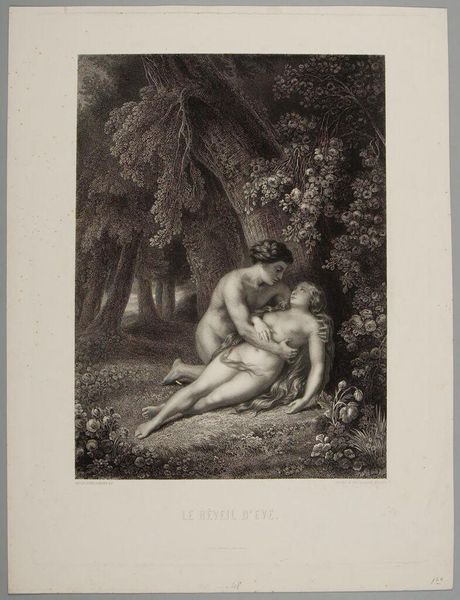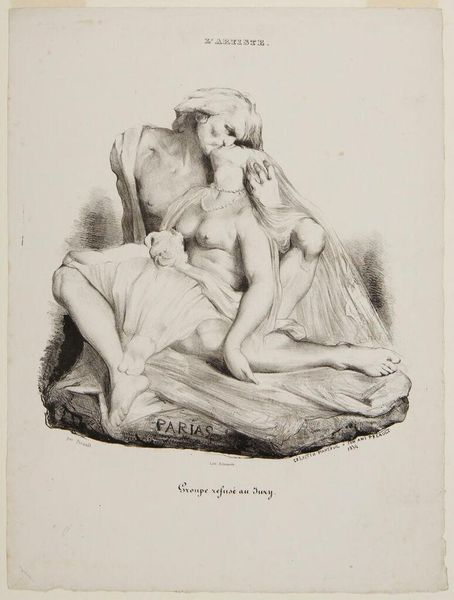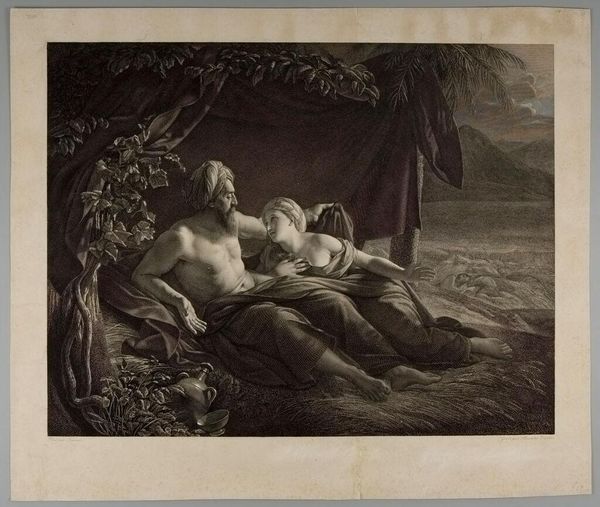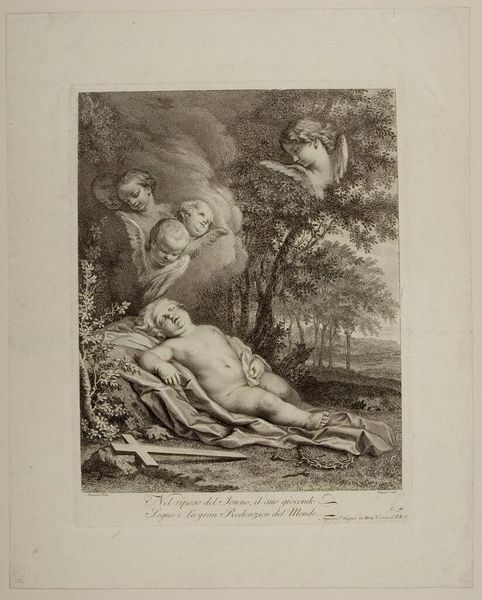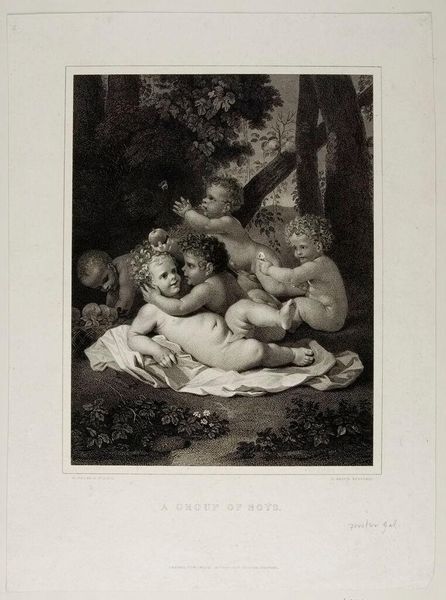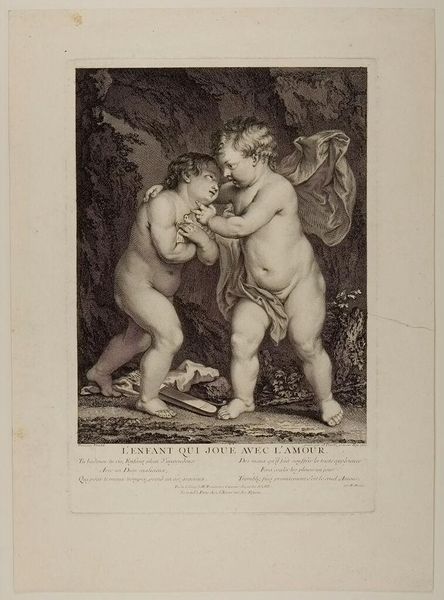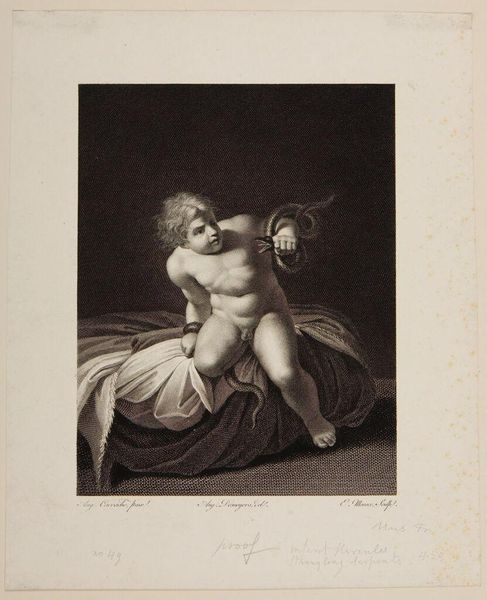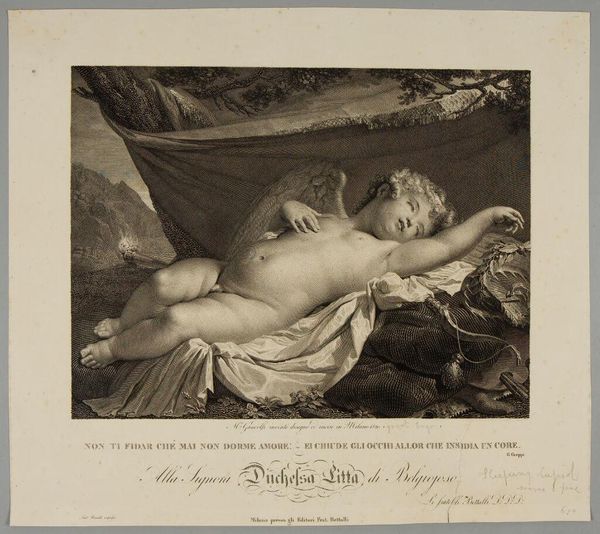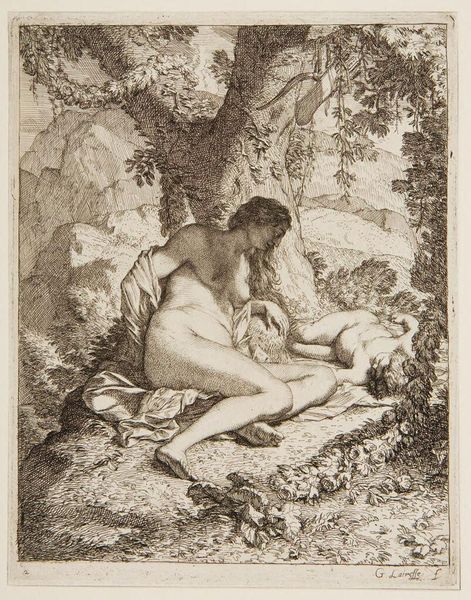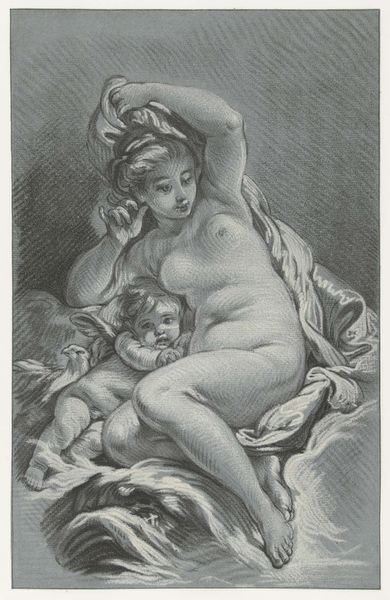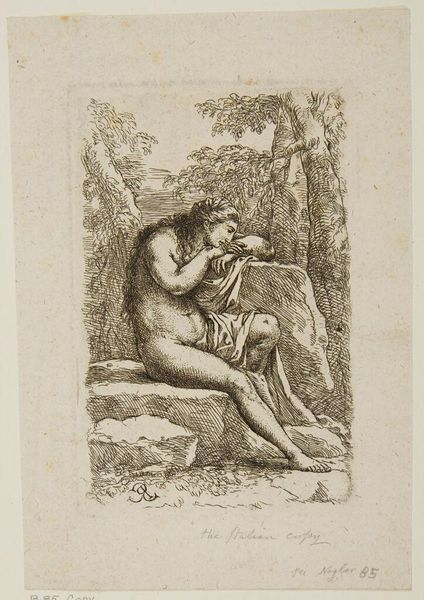
Dimensions: Image: 26.7 Ã 21 cm (10 1/2 Ã 8 1/4 in.) Plate: 31.2 Ã 24 cm (12 5/16 Ã 9 7/16 in.) Sheet: 36.7 Ã 27.5 cm (14 7/16 Ã 10 13/16 in.)
Copyright: CC0 1.0
Editor: So this is Bernard Lépicié’s "Ceres Asleep," an undated print housed at the Harvard Art Museums. It has a languid feel, almost dreamlike. What strikes you about it? Curator: The reclining Ceres, goddess of agriculture, can be viewed as a figure of both power and vulnerability. Consider the social and political implications of depicting a female deity in such a state. Is it an act of reverence, or does it perpetuate a patriarchal gaze? What does it mean to see her sleeping, and how might this be interpreted in relation to gender and labour? Editor: I never thought about it that way. It's powerful to consider how these classical images can reflect ongoing power dynamics. Curator: Exactly, and by questioning these representations, we can understand the historical construction of femininity and its continued relevance.
Comments
No comments
Be the first to comment and join the conversation on the ultimate creative platform.
